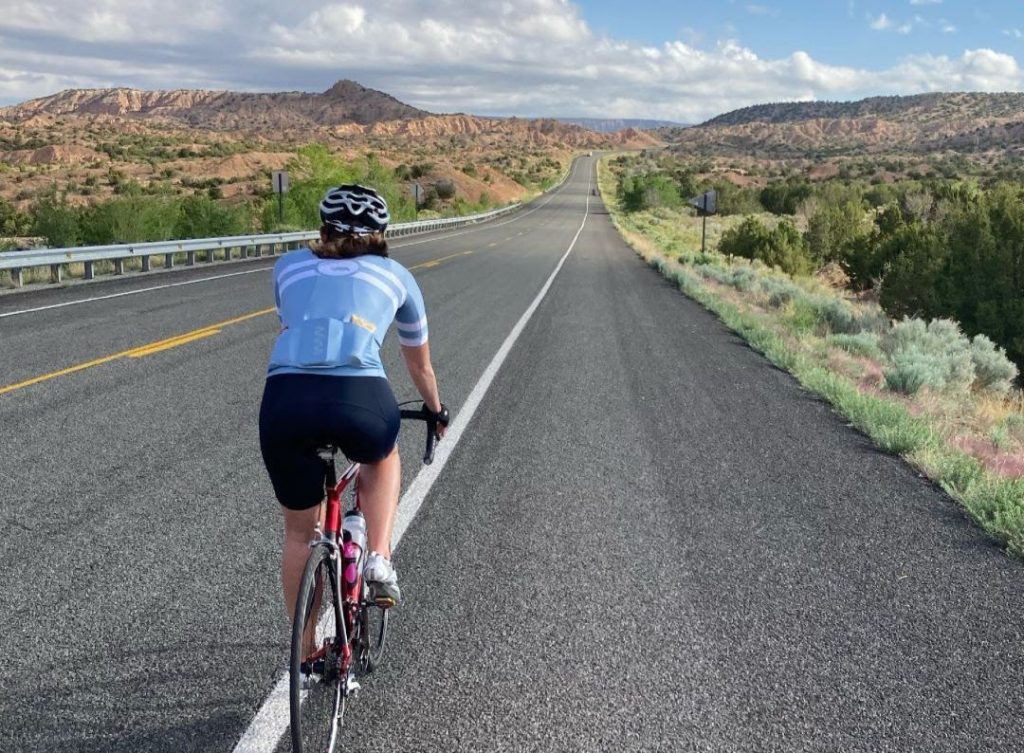The foundation of training with power and layering the components of a well-periodized training plan starts with knowing your Functional Threshold Power (FTP), subsequent power zones, and the adaptations elicited from each. Once you have your FTP you can begin calculating your power zones. Physiologists have created various theories behind estimating the percentages that equate to zones based on FTP, one of the most common being used is Andy Coggan’s seven zone system. The differences in theories are nuanced, but what’s important is that the subsequent adaptations take place on a sliding scale meaning each zone has its primary adaptations at the same time induce adaptations more relevant to other zones in lesser amounts. This may seem confusing when trying to build a periodized plan but knowing which adaptations are prominent during which zones allow you to train with confidence, knowing each WO was specifically designed to match subsequent adaptations with your body and intended event in mind.
Zone 1: < 55% FTP
Zone 1 is the recovery zone and is practically performed up to 2hrs in duration, but theoretically can be ridden in indefinitely.
Z1 doesn’t strongly induce any adaptations. It is a great tool to timely plan a level of ‘freshness’, prevent needed TSS from dropping, building TSS without adding too much taxing volume, or promote recovery by lightly increasing blood flow after a hard WO on the bike or in the gym.
Zone 2: 56% – 75% FTP
Zone 2 is the endurance zone and is performed between 60 – 300+ minutes predominately as part of base training over a period of 12 – 20 weeks. Just like Zone 1, Zone 2 can theoretically be ridden almost indefinitely.
The minimal difficulty of training in this zone reflects the fewer number and strengths associated with the adaptations. That is why Z2 is used to develop muscular endurance early in the season. Because the percentage of effort relative to FTP is low the body uses fat for fuel and can be a tool to increase fat utilization efficiency. The metabolic and muscular adaptations most relevant from this zone are:
- Increased mitochondrial enzymes.
- Increased lactate buffering efficiency.
- Increased glycogen stores.
- Interconversion of fast twitch Type 2b to Type 2a fibers.
Zone 3: 76% – 90% FTP
Zone 3 is the ‘Tempo Zone’ and is typically performed between 60 – 180+ minutes. As part art of ‘base training,’ this can become a staple zone depending on event duration. Adaptations can be more numerous with sessions 2 – 3x a week.
Once viewed as ‘junk miles’ or the ‘grey zone’ coaches now recognize every zone has its place in an athletes’ ATP. Z3 can make up a large portion of the training time for endurance athletes needing to increase muscular endurance. Due to the combination of carbohydrate and fat used as fuel, in well-trained athletes, it’s possible to further develop fat adaption for longer events. The following are the predominant adaptations from training in Z3:
- Increased muscle glycogen stores.
- Increased mitochondrial enzymes.
- Raised lactate threshold.
- Interconversion of fast-twitch muscles fibers Type 2b to Type 2a.
Zone 4: 91% – 105% of FTP
Zone 4 is Lactate Threshold (LT) or Steady State Lactate Threshold (SSLT) which is a maximal effort that can be sustained for durations of around 1 hour, otherwise, it’s typically performed as maximal intervals in durations of 10 – 30 minutes. Adaptations from Z4 appear sooner (8-12 weeks) than prior zones with workouts 2-3x week typically as part of a build phase or less often during base training. In Z4, energy utilization begins to transition away from fat and uses aerobic glycolysis to utilize an increasing amount of carbohydrate as fuel. Glycogen uptake and stores can be influenced by nutrition timing, but when it’s the bodies primary source of carbohydrate energy stores are typically depleted around 2 hours.
Two primary adaptations from training in Z4 are Increased Lactate Threshold and Increased muscle mitochondrial enzymes. Some of the lesser induced, but still quite relevant, adaptations from Z4 are:
- Increased plasma volume.
- Increased stroke volume/maximal cardiac output.
- Increased VO2 & Maximal Aerobic Power (MAP).
- Increased muscle glycogen stores.
- Interconversion of fast twitch Type 2b to Type 2a muscle fibers.
Zone 5: 106% – 120% of FTP
Zone 5 is VO2 Max or Maximal Aerobic Power. Z5 uses solely carbohydrate as the fuel source and exhausts the aerobic glycolysis system after performing intervals of 3 – 8 minutes. As part of race build up, adaptations appear sooner than subthreshold zones. Workouts in Z5 can take place 2-3x a week and can need as much 48 – 72 hours to fully recover.
Three adaptations induced to a lesser extent from training in Z5 are increased anaerobic capacity, hypertrophy of slow-twitch muscle fibers, and increased muscle capillarization. The three adaptations induced to a greater extent are:
- Increased plasma volume.
- Increased stroke volume/maximal cardiac output.
- Increased VO2 Max.
Zone 6: 121% – 150% of FTP
Zone 6 is Anaerobic Capacity and is performed as intervals in the duration of 30 seconds to 3 minutes utilizing the anaerobic a-lactic energy system. Workouts of this nature are taxing and require 48 – 72 hours to fully recover.
While Z6 is the one zone that induces adaption to all physiological areas, increased anaerobic capacity is the only adaptation that’s induced to a greater extent.
Zone 7: 150%+
Zone 7 is neuromuscular power, aka sprinting. This zone can only be sustained up to 30 seconds before the anaerobic a-lactic (ATP-CP) energy system is exhausted.
The 3 adaptations induced by training in Z7 are:
- Increased neuromuscular power.
- Hypertrophy of fast-twitch Type 2b muscle fibers.
- Increased muscle high-energy phosphate (ATP-CP) stores.
Sweet Spot:
I’m sure you’ve heard of this ‘zone’. Sweet Spot has gained some popularity to term a level of difficulty relative to FTP that can elicit similar adaptations to Z4 and in equal strength, but without resulting in quite as much fatigue. Sweet Spot is right under LT intensity at 88% – 92% of LT and can be performed for a maximum of 2.5 hrs in well-trained cyclists.
Now you know what the exact adaptations are as power increases relevant to SSLT. This is an important part of formulating a training plan. You’ll be able to match what zones are most relevant to your event and begin to understand the building blocks of how a properly executed training plan is formulated.




2 Comments. Leave new
Excellent article! the only issue i’m having is the lack of meaning for your abbreviations. Explanation for these would be greatly appreciated!
Glad you enjoyed the article, Jason! Can you be more explicit in what abbreviations you’re unclear on? We’re happy to elaborate.